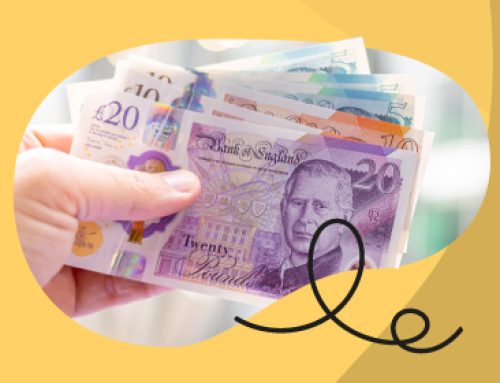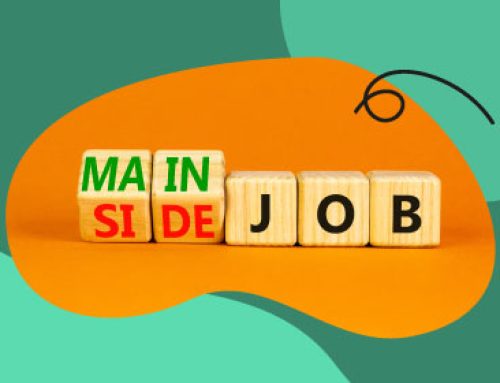Ask a hundred freelancers what they’d like more of from their work, and at least 70% will say, “more money.”
We all aim to maximize our earnings. One of the perks of freelancing is the freedom to set your own rates and earn what you’re worth.
But did you know that at a certain point, making more money could actually lead to earning less?
It sounds counterproductive and bizarre, but it’s something you definitely want to avoid.
Here’s how you can steer clear of the £100k tax trap.
How does income tax work?
If you’re a high earner, you probably already know how the tax system works. But if you’re just starting your journey towards a six-figure salary, it might be a bit confusing.
Simply put, the more you earn, the more you’re taxed.
But as we all know with HMRC is isn’t actually quite that simple- As you earn more, you pay higher rates on the income that falls into each tax bracket.
The highest tax rate is for people earning over £125,140 per year, who pay 45%. But this rate doesn’t apply to all their earnings.
Here’s how it breaks down:
So, if you earn £22,571 a year, you’ll pay 20% tax on the amount between £12,570 and £22,571. If you earn £100,000, you’ll pay 20% on the income between £12,570 and £50,270, and 40% on the income between £50,271 and £100,000.
The idea is to only pay higher rates on the portion of your income that falls into each higher bracket.
Let’s break it down even more
Lets take a look at a Premier League footballer – when he gets his first payslip of the year for £250,000, he’ll pay the following:
That means he’s paying £92,884.60 in tax on his first month’s wages. After that, he’ll pay the full 45% on every penny he earns, which comes to £112,500.
Income tax can be complicated, but it’s designed so that you won’t end up making less money than someone earning less than you just because you’ve moved into a higher tax bracket.
However, there is one exception: the £100k tax trap.
So, What is the 100k tax trap?
All that information we gave you earlier, like our Premier League footballer burning through his allowance in a week? There’s one more thing you should know.
For every £2 you earn over £100k, you lose £1 of your tax-free allowance. So, if you earn £125,140, you have no tax-free allowance left.
That first £12,570 that used to be tax-free? Now you’re paying 20% on it. Even though you’re in the 40% tax bracket, part of your earnings are effectively being taxed at 60%!
Imagine you’ve had an amazing year and your earnings hit £100,000. Just before the deadline, you make another £1,000, bringing your salary to £101,000. Great news, right? Well, it also means you start losing some of your tax-free allowance.
EXCEPT…
That extra £1,000? Well. It’s taxed at 40%. So you’ve only made an extra £600.
Oh, and it’s taken £500 off your personal allowance, so that remaining £600 has to be taxed at 40% too. That’s another £200 gone.
That £1,000 extra you made at the deadline? You’ve paid £600 in tax. You’ve been taxed at 60%.
And the more you earn over that £100,000? The worse it’ll get.




